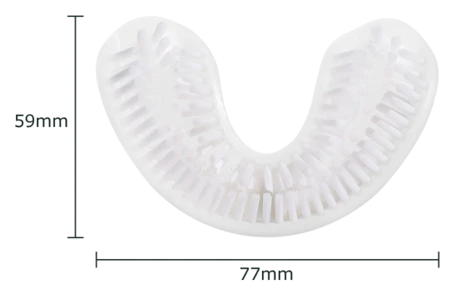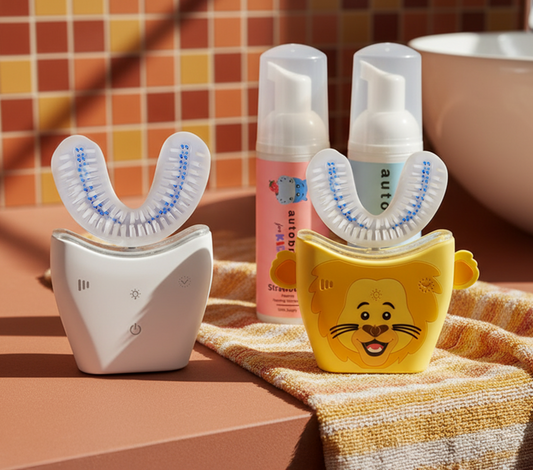
How to Help Your Teething Baby
Teething is a rite of passage for every baby, but it can be a particularly trying time for both the infant and their caregivers. It’s during this period that a baby's first set of teeth, known as primary or milk teeth, begin to break through the gums. This process, while entirely natural, can be very uncomfortable for a child, leading to fussiness, sleep disruptions, and irritability. Moreover, the emergence of these teeth signals the beginning of a lifelong journey towards maintaining oral health.
Why Teething Babies Can Be Cranky:
Understanding what's happening beneath the surface can provide some clarity as to why babies become so cranky during teething. The process of teeth pushing through the gums can be painful and create pressure. Some common symptoms include:
- Drooling: This can lead to skin irritation and rashes around the mouth.
- Biting: Babies instinctively try to alleviate the discomfort by biting on objects.
- Refusing food: The act of chewing can increase gum discomfort.
- Sleep disturbances: Pain can disrupt their usual sleep patterns.
- Swollen gums and cheeks: The area around the emerging tooth can become inflamed.
Being aware of these signs can help you provide the right comfort measures for your child.
Beginning Oral Care Early:
The appearance of the first tooth is a signal to start considering your child’s dental health. While these primary teeth are temporary and will eventually be replaced by permanent teeth, their health is vital. They not only help your child speak and chew but also create a path for the permanent teeth to follow when they erupt.
- Introduce Gentle Brushing: Using a soft, infant toothbrush or a cloth, gently clean your baby's tooth or teeth. This introduces them to the sensation of brushing and keeps their mouth clean.
- Selecting the Right Toothpaste: Children, especially infants, don’t understand the concept of spitting out toothpaste. As a result, they might swallow a significant amount of it. It’s recommended to opt for fluoride-free toothpaste for very young children. Fluoride, while beneficial for teeth, is not meant to be ingested in large amounts.
- AutoBrush offers an ideal training toothpaste that’s fluoride-free, yet effective. One of its star ingredients is Nano-HAp, which is safe to swallow in small quantities. This makes it a perfect fit for young ones who haven’t yet grasped the concept of spitting out toothpaste.
- The Right Brush Matters: For the tiniest of tots, a first-stage toothbrush that doubles up as a teether can be beneficial. This design is helpful as it not only cleans the baby's teeth but also provides relief from teething discomfort. The AutoBrush first-stage toothbrush/teether is a commendable choice. Its design is baby-friendly, ensuring they get the best of both worlds - relief from teething woes and a clean set of tiny teeth.
Importance of Early Oral Care:
Starting oral care routines early does more than just maintain oral health; it also establishes a lifelong habit of oral hygiene. Early dental care can prevent potential problems like cavities, which can occur even in the youngest of mouths. Moreover, keeping primary teeth healthy ensures a smoother transition when permanent teeth start to make their appearance.
In Conclusion:
Teething can be a challenging period for both babies and their caregivers. By understanding the symptoms and offering the right relief measures, you can ease this journey for your little one. Furthermore, the introduction of early oral care can set your child on a path of lifelong dental health. With the right tools, like the AutoBrush first-stage toothbrush and its fluoride-free toothpaste, you are not just alleviating teething pains but ensuring a radiant smile for years to come. Remember, a small step today can make all the difference tomorrow.















